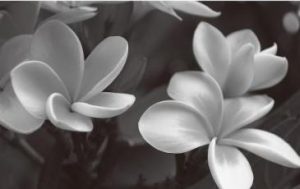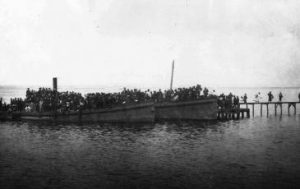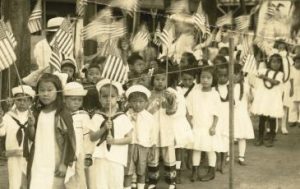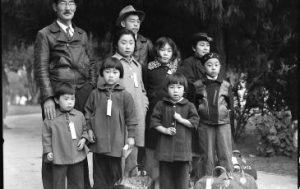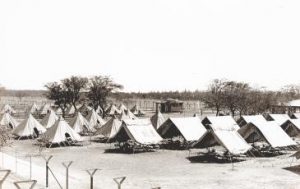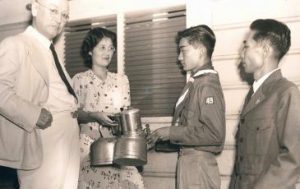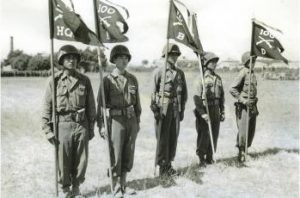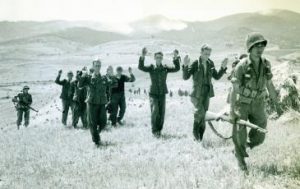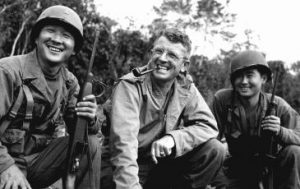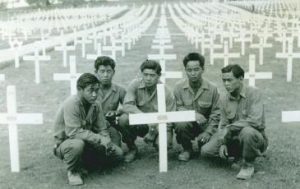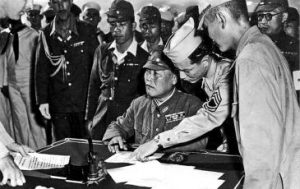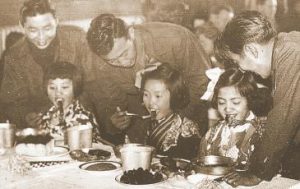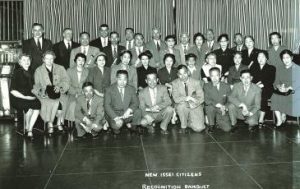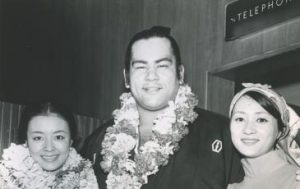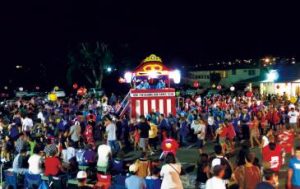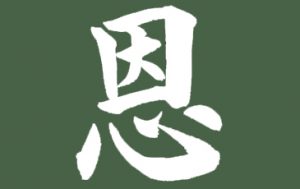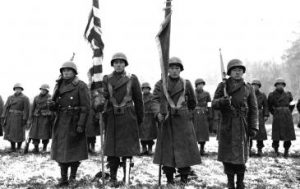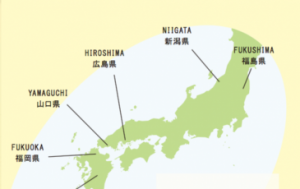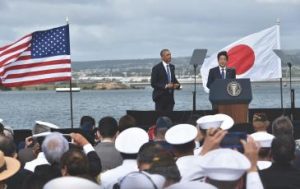Hawaii Nikkei Legacy Exhibit
This photographic exhibit covers the initial immigration of the Issei (first generation immigrants) from Japan in the late 1800s to modern day Hawaii, showing how the Nikkei (overseas Japanese) in Hawaii have maintained their Japanese cultural values.
At the core of the exhibit is the story of the Nisei (second generation) soldiers who served in the US armed forces in World War II. The exhibit also depicts the post war accomplishments of the Nisei in Hawaii. Prominent Japanese Americans from Hawaii are displayed along with the prefectures in Japan from which their ancestors emigrated.
The intent of the exhibit is to educate people on the story of Hawaii’s Nikkei and to promote goodwill and cross-cultural values between Japan and the United States.
In 2017 and 2018, the exhibit toured the following cities in Japan: Yokohama, Tokyo, Fukushima, Osaka, Hiroshima (twice), Nagaoka, Fukuoka, Sapporo, Naha, Miyagi and Kumamoto. In 2018, it was also shown throughout the State of Hawaii including several locations on Oahu, Kahului, Lihue, Kona and Hilo as part of the 150th anniversary celebration of the Gannenmono, the first Japanese immigrants to Hawaii. It is presented here to provide this information to a broader audience.
Below are the Nikkei stories depicted in chronological order:
